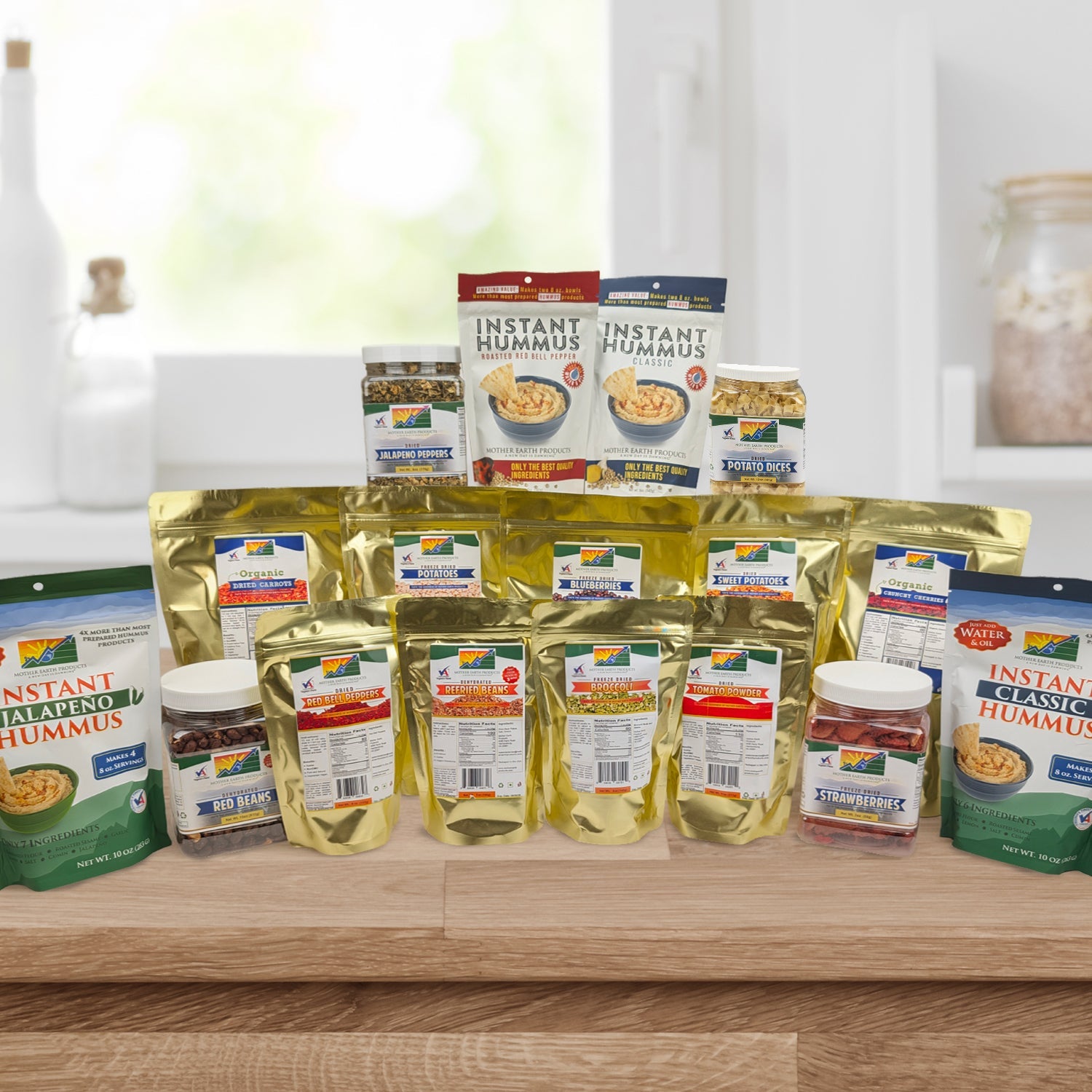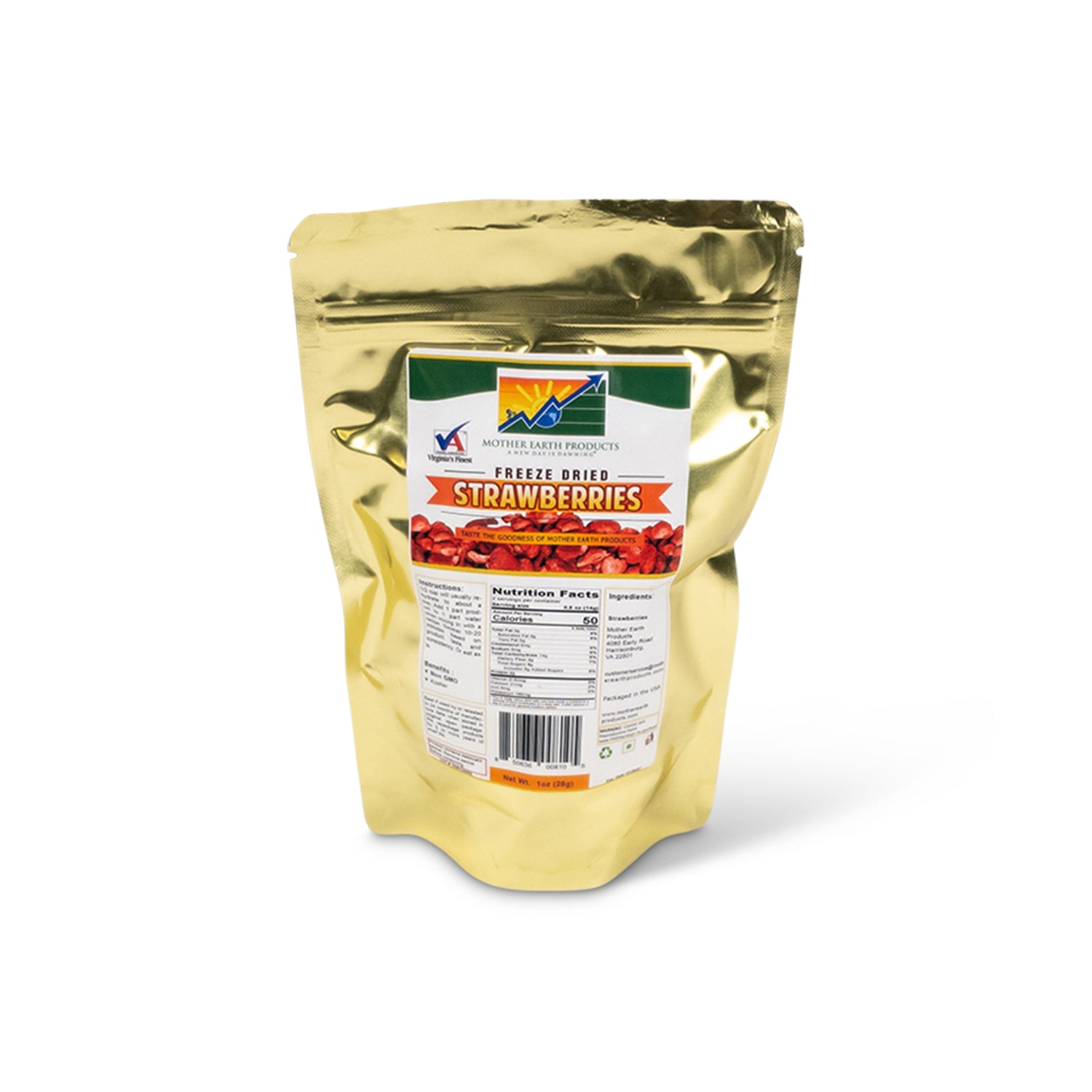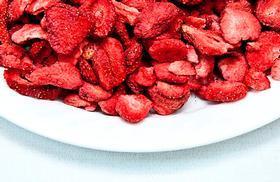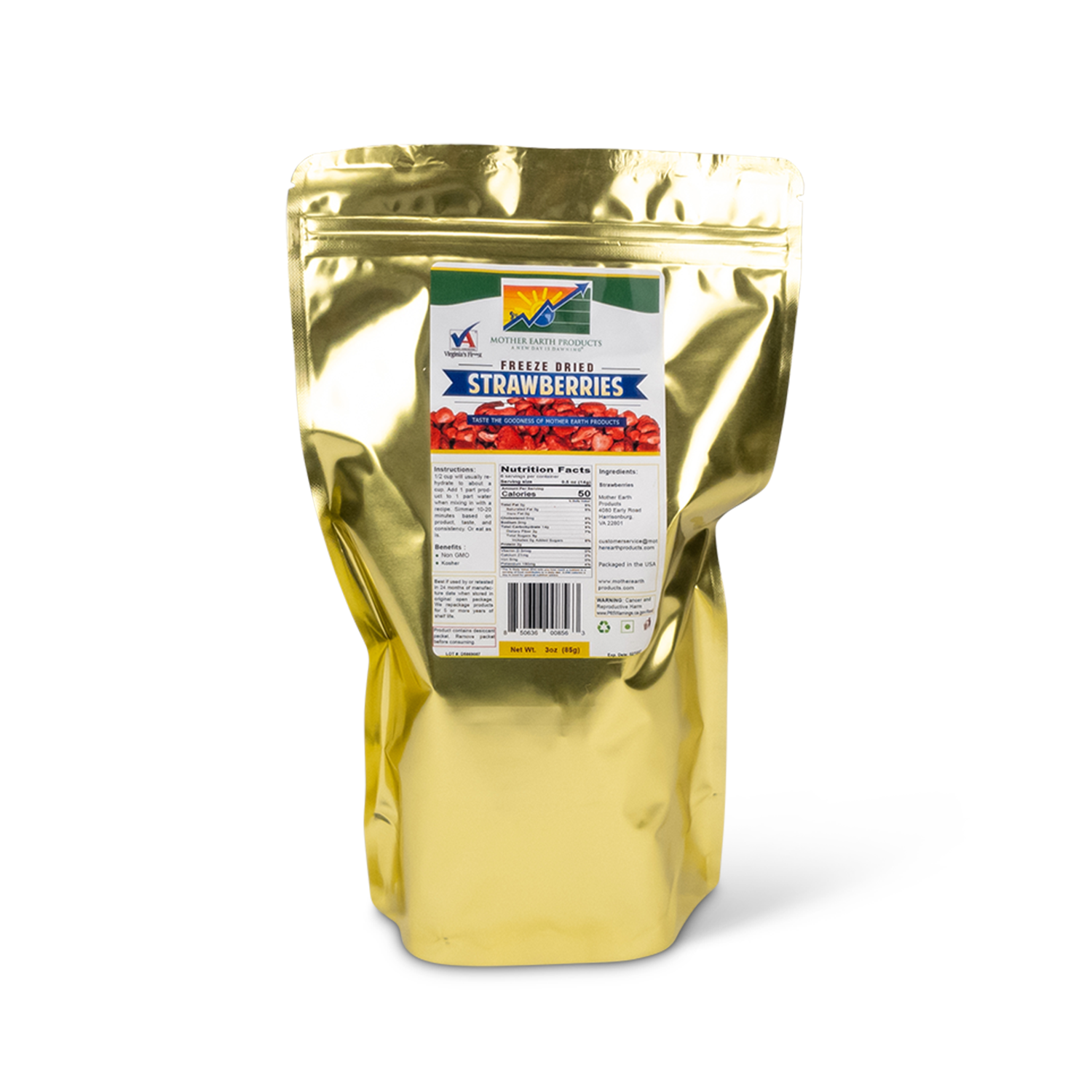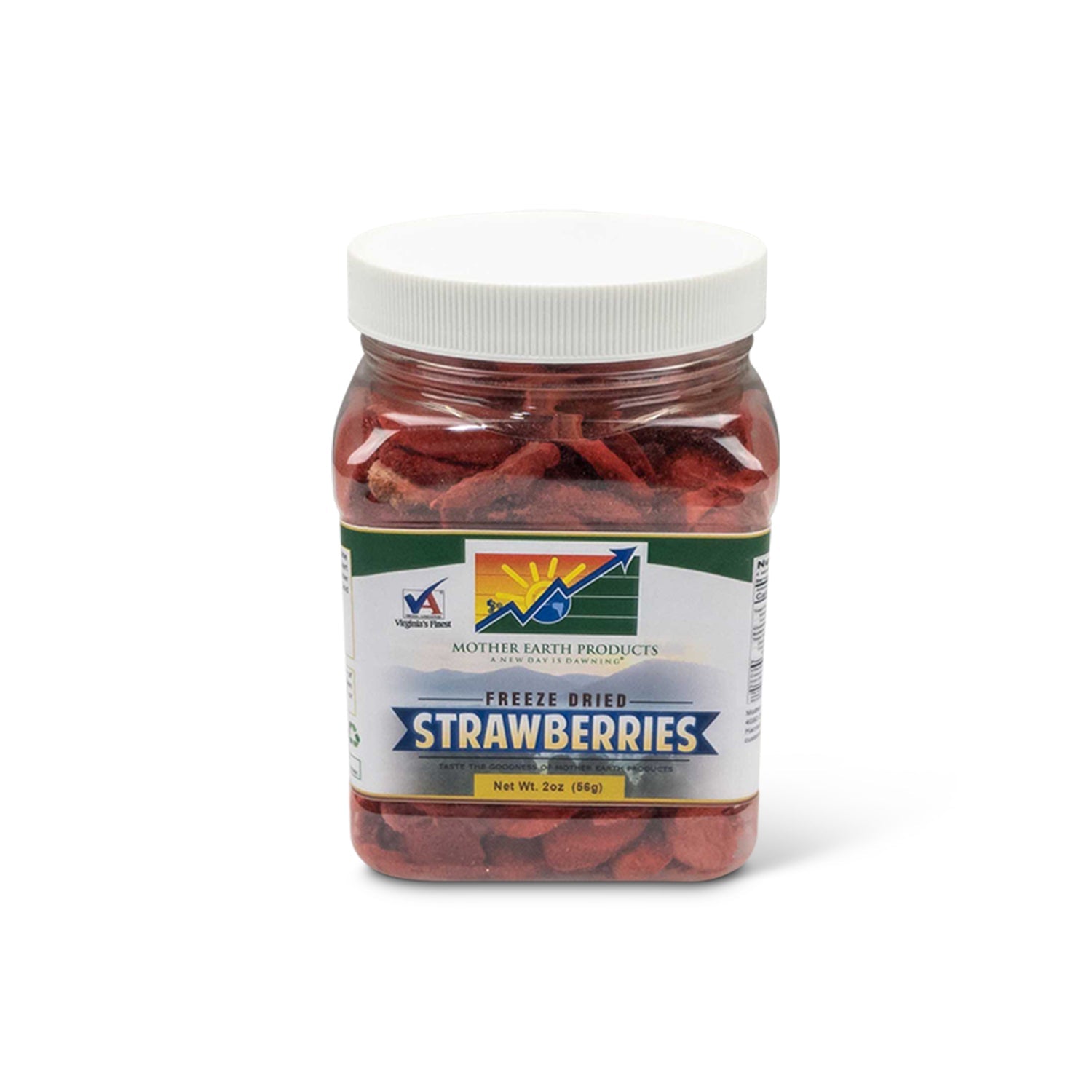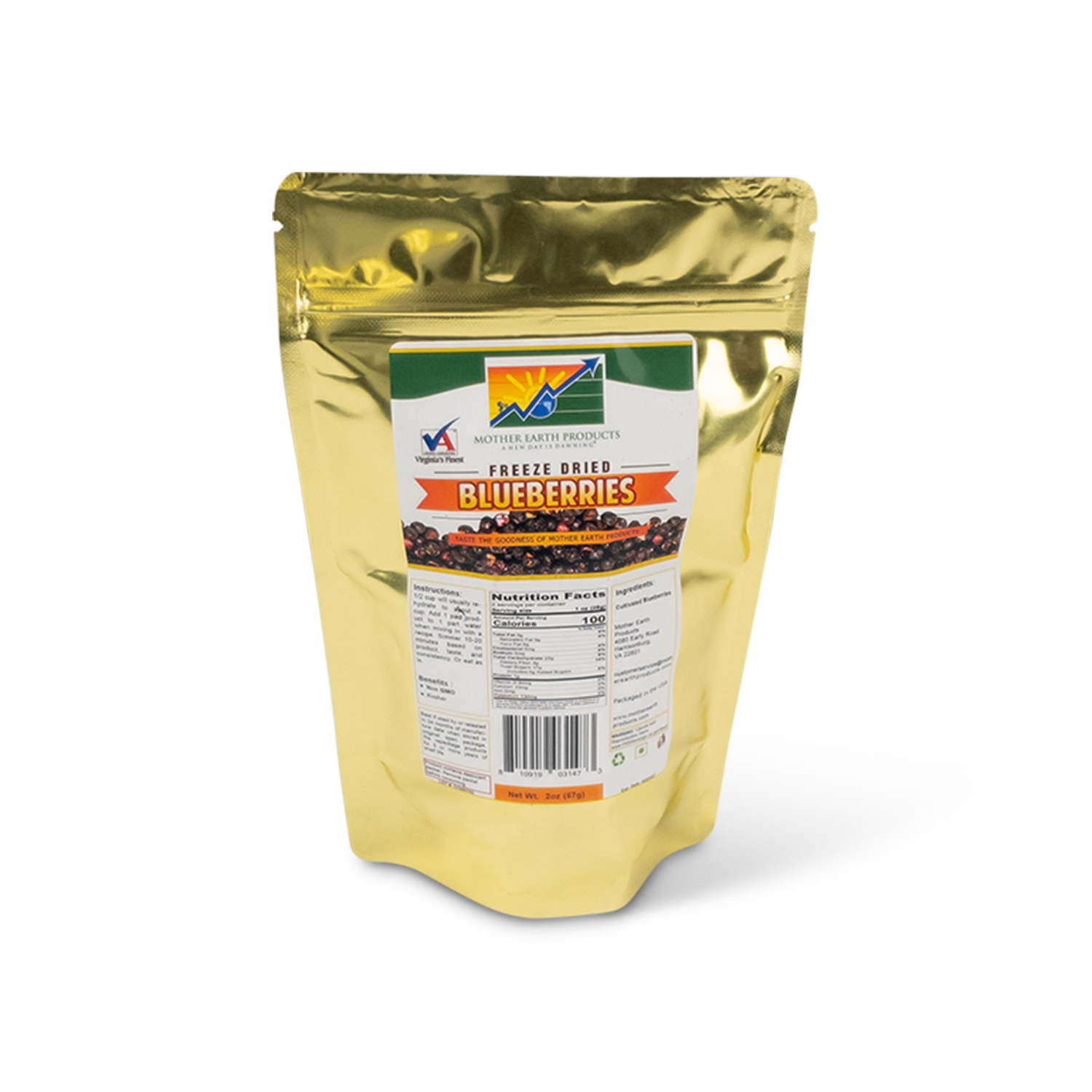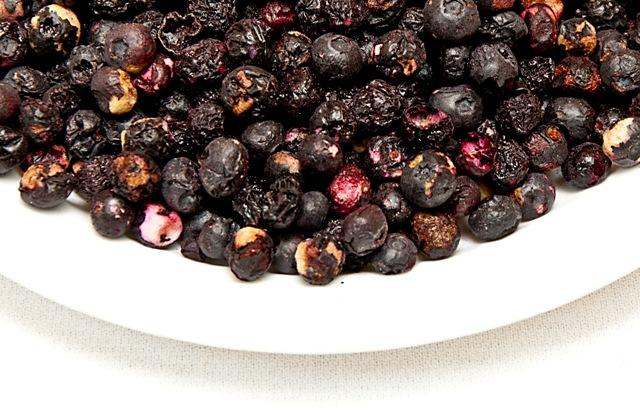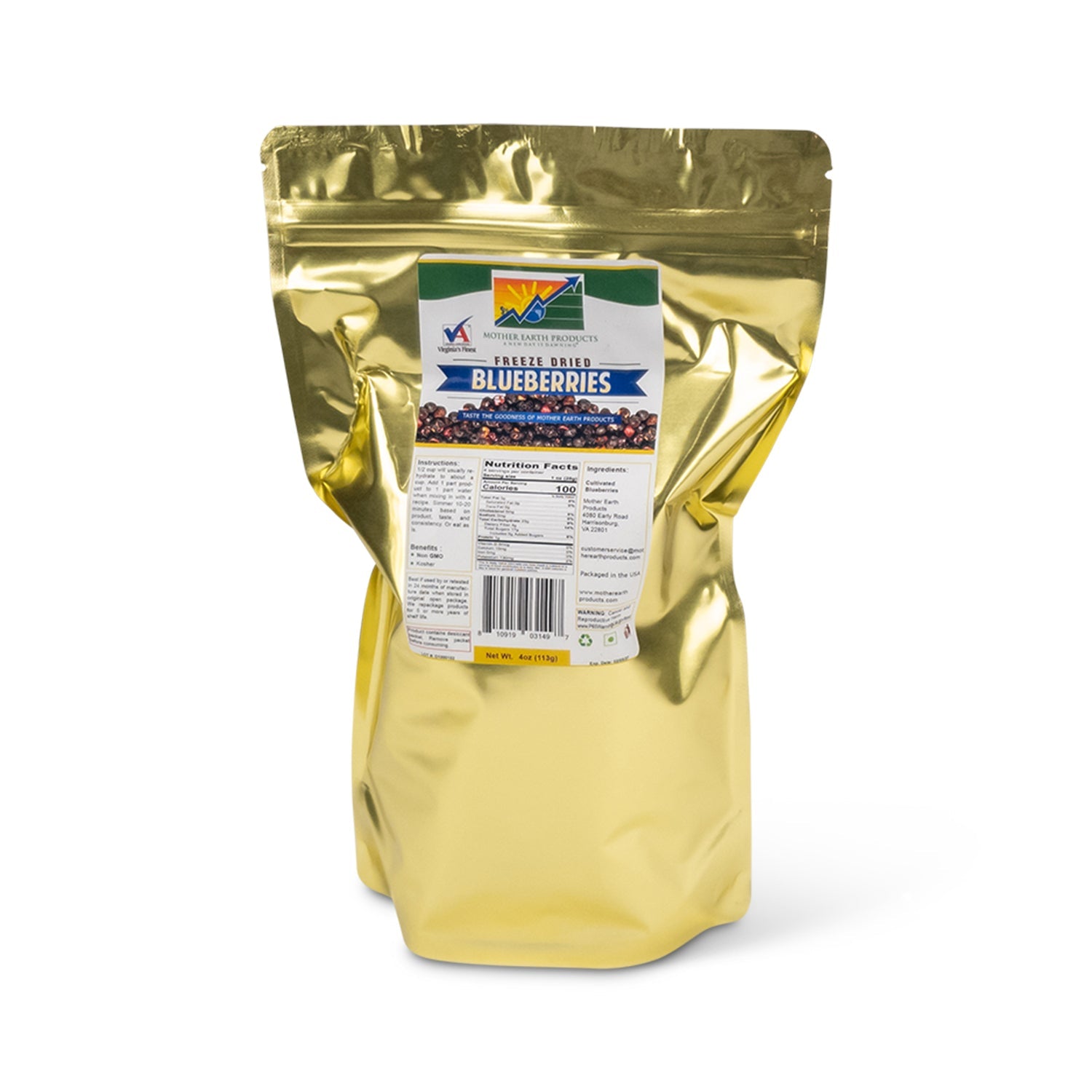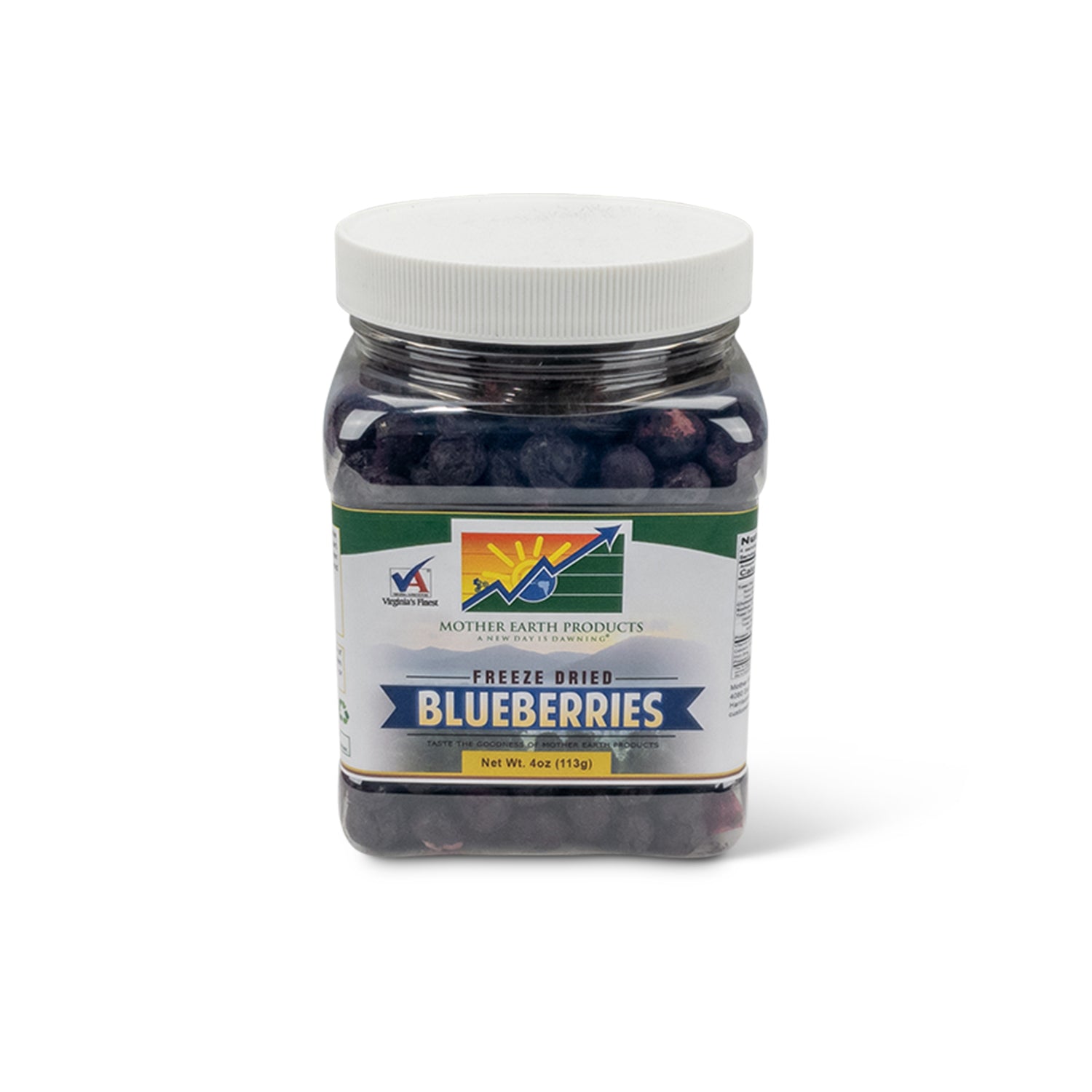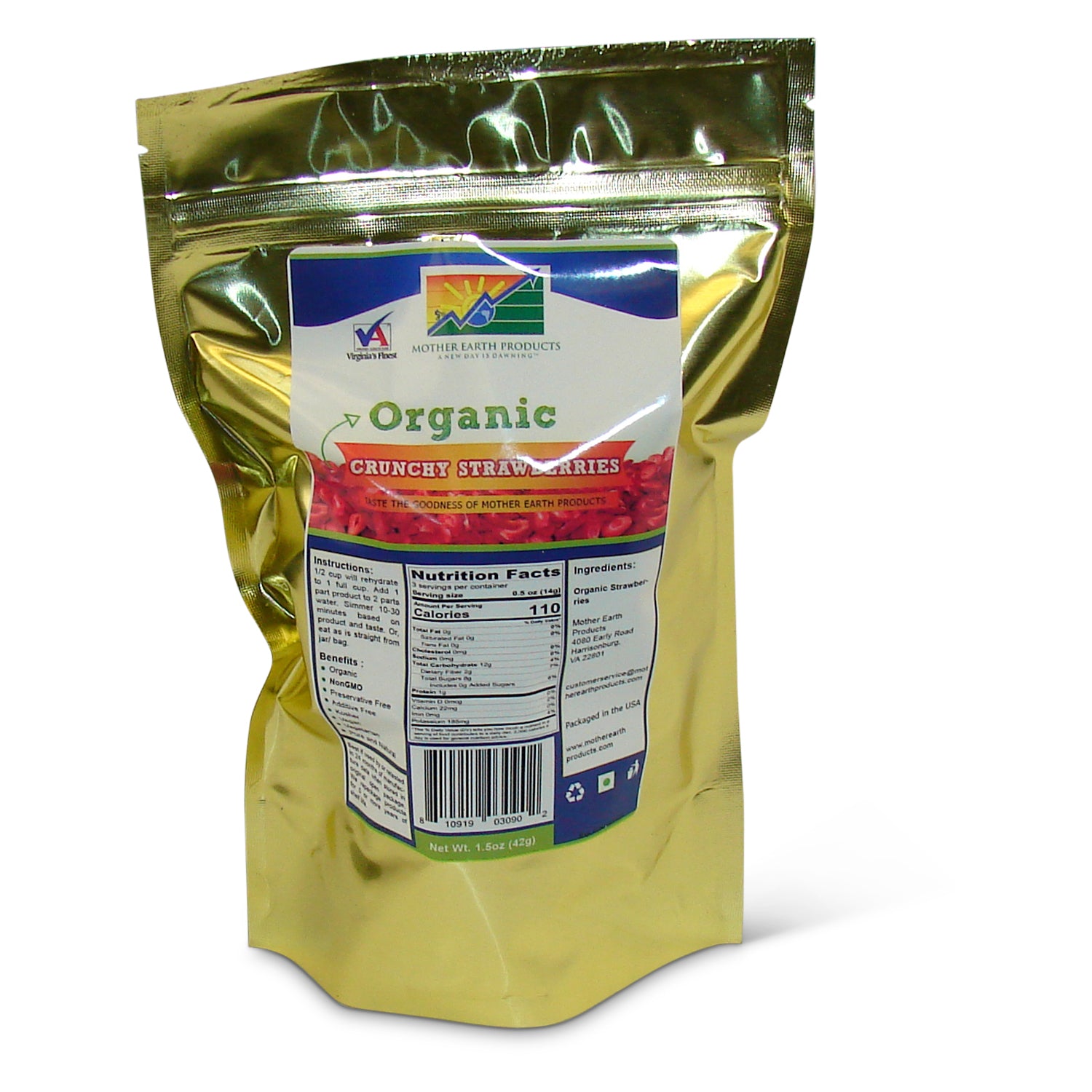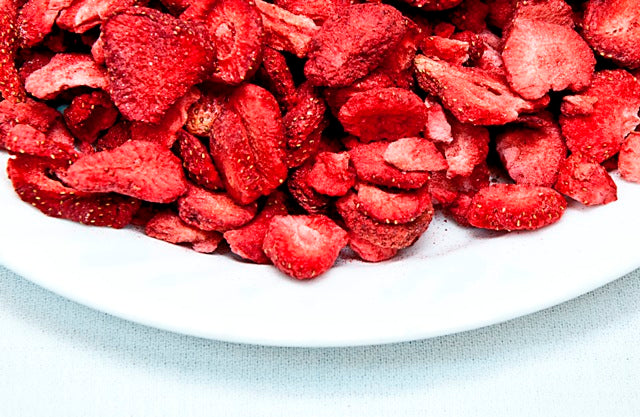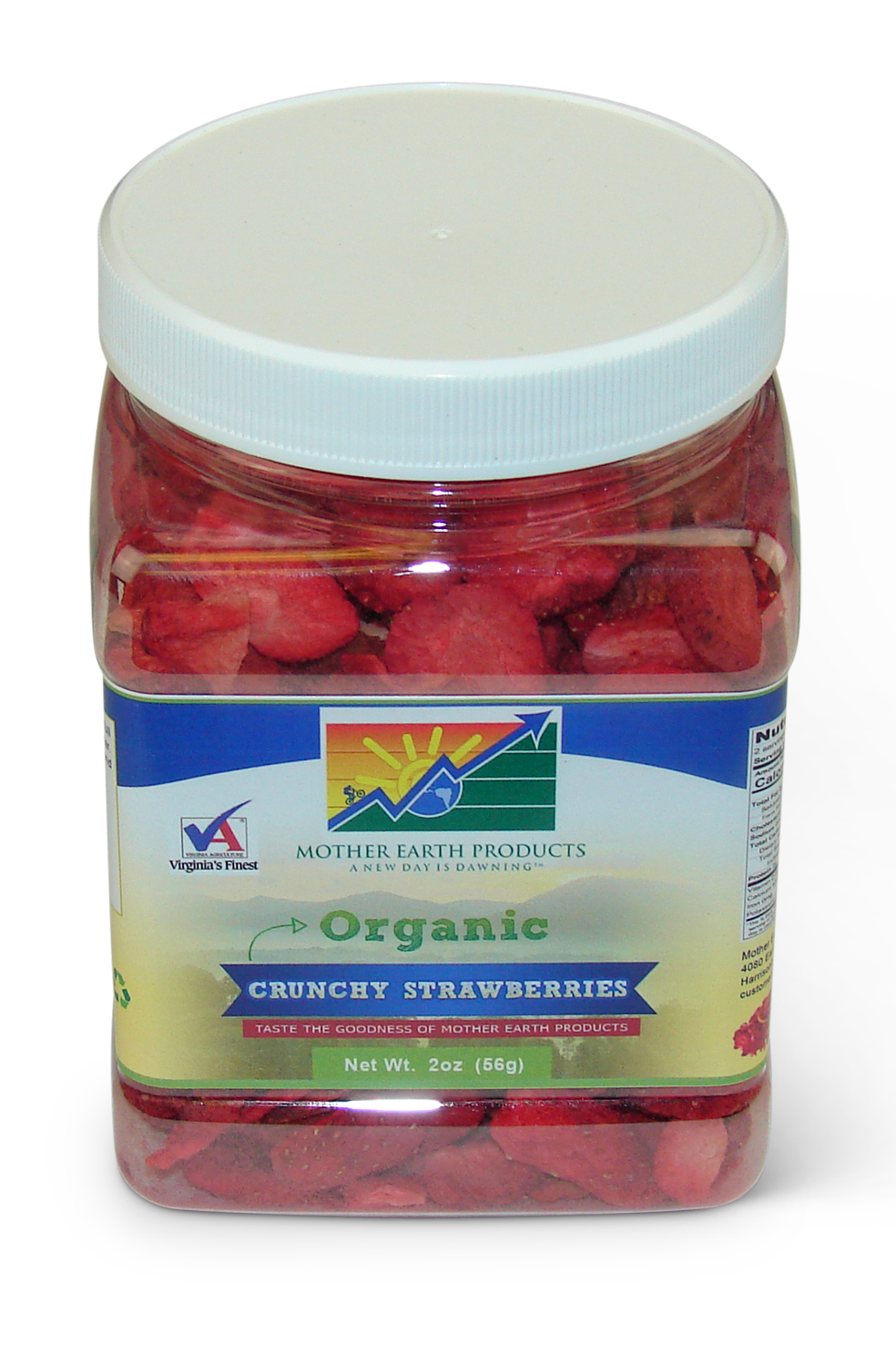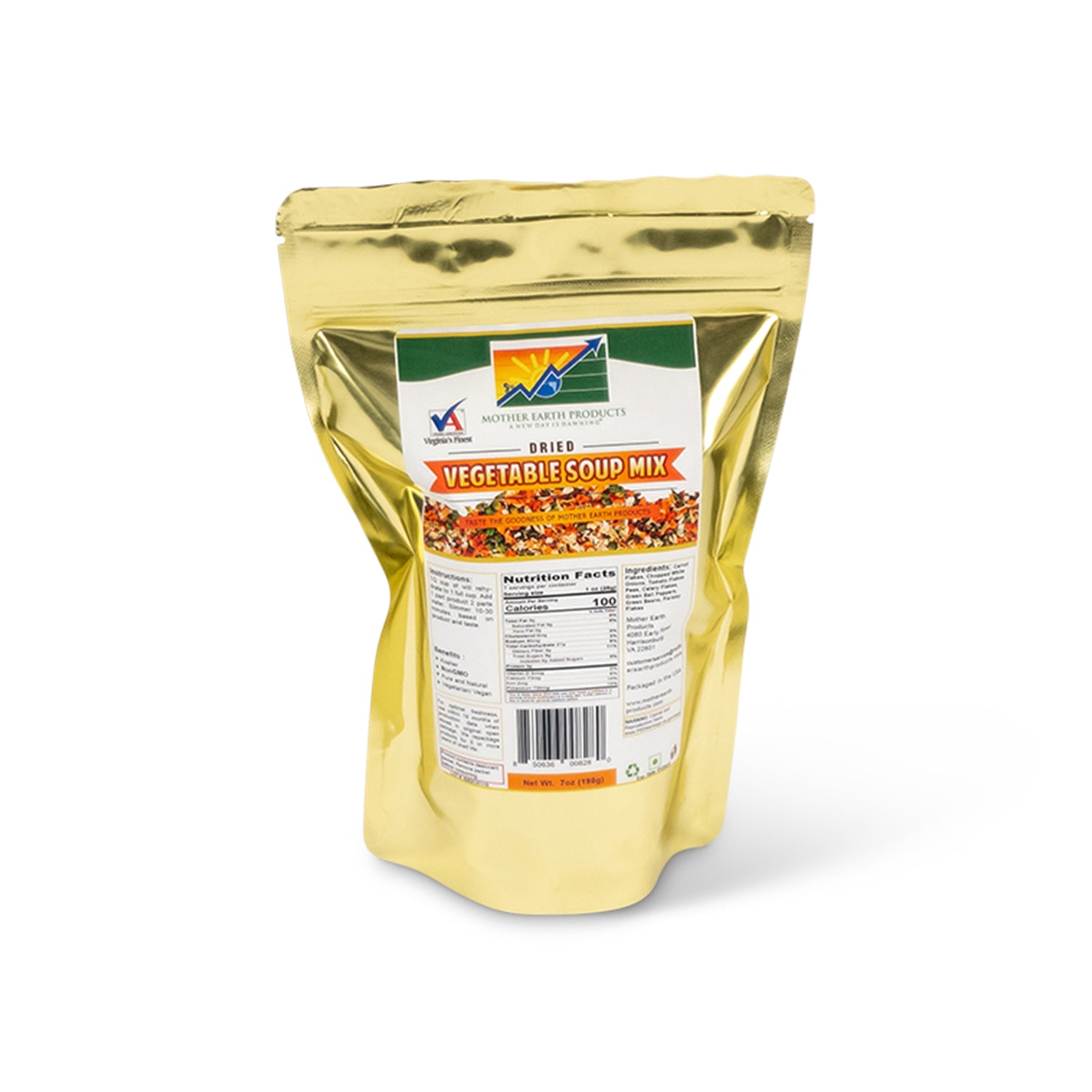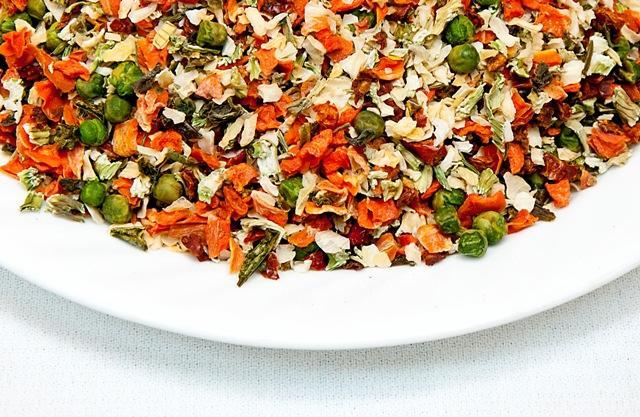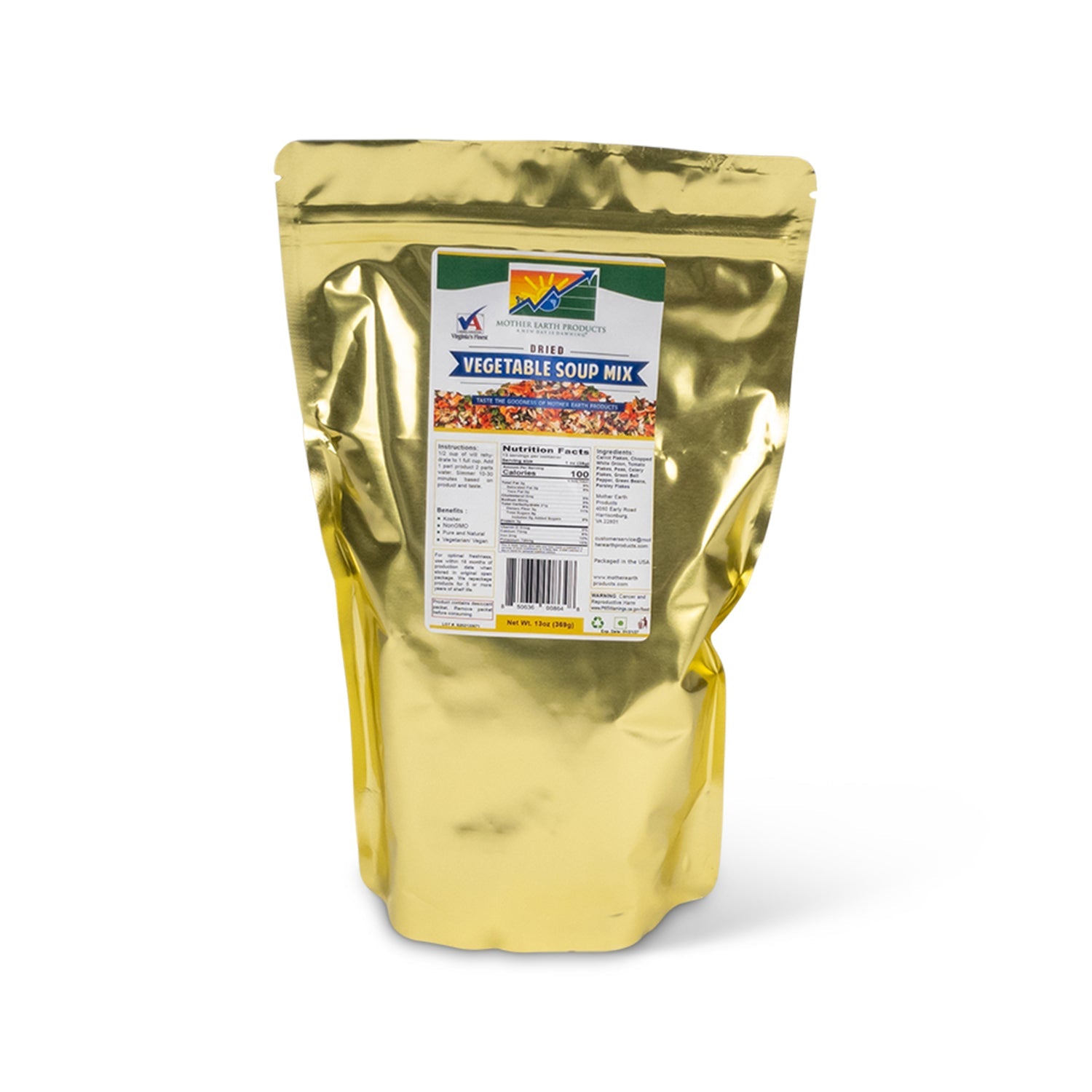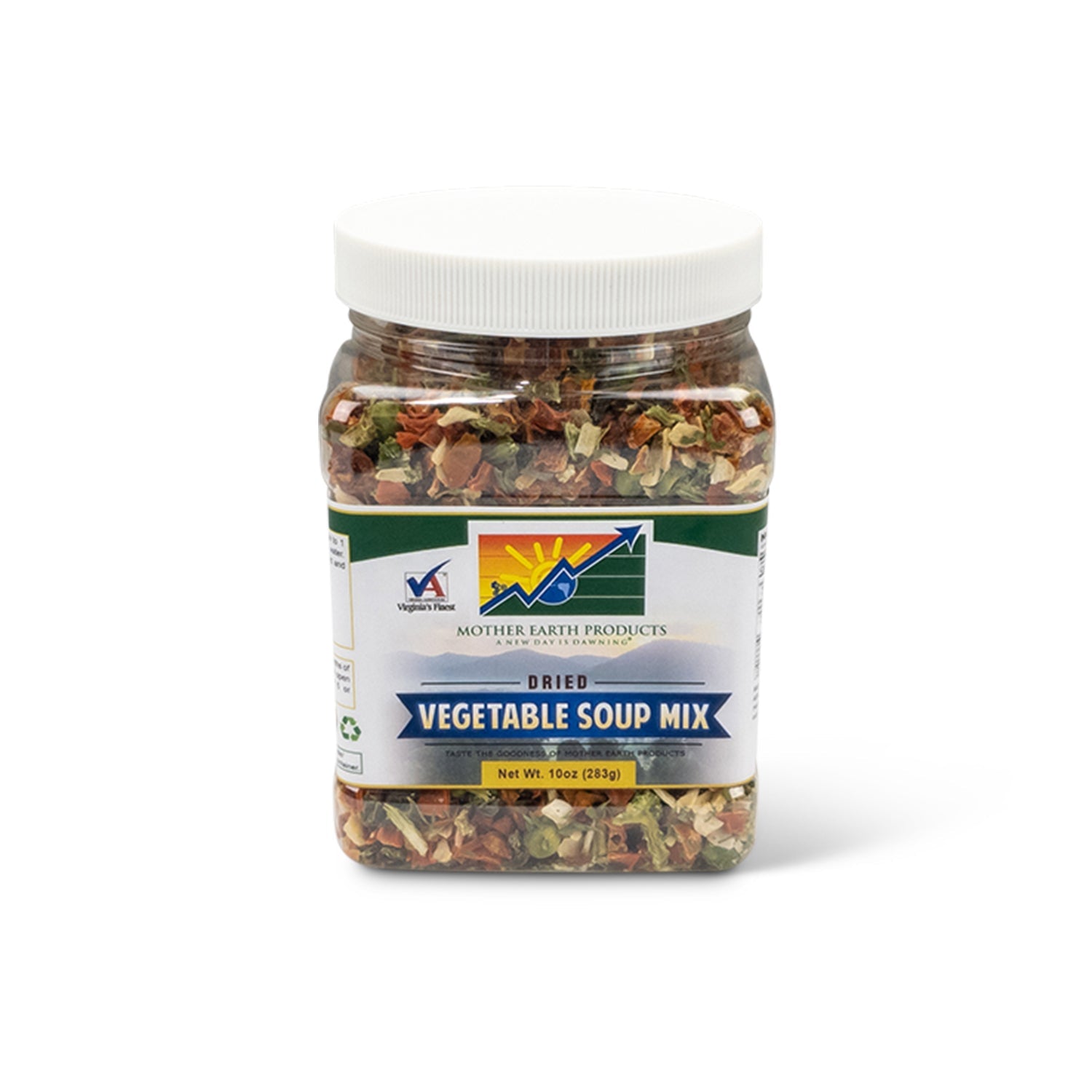When it comes to backpacking, every ounce in your pack matters—and so does every calorie. Packing food for multi-day hikes is a balancing act between weight, nutrition, convenience, and comfort. One thing experts agree on? Don’t skip the hot meal.
While it’s smart to carry lightweight, no-cook snacks during the day, having at least one warm, filling meal—especially at night—is key to maintaining your energy levels and overall well-being on the trail.
Why One Hot Meal a Day Matters
According to backpacking.net, a single hot meal each day—preferably in the evening—can:
-
Boost body temperature during cold nights
-
Improve sleep quality
-
Enhance mood and mental resilience
-
Aid digestion and nutrient absorption
After a long day of hiking, your body craves not just calories, but comfort. A warm dinner replenishes both physical and emotional reserves.
No-Cook vs. Hot Meals: Finding the Right Mix
During your trek, you'll want a mix of no-cook, high-energy foods like:
-
Trail mix with nuts, seeds, and dried fruits
-
Nut butters in squeeze packs
-
Energy bars and protein cookies
-
Hard cheeses and tortillas
-
Dried fruits and jerky
These keep you fueled during the day without stopping to cook. But when the sun sets, plan for something warm.
Best Practices for Easy Hot Backpacking Meals
Today’s market is full of freeze-dried and dehydrated meals designed specifically for backpackers. These options are shelf-stable, lightweight, and nutritionally dense.
Here’s how to make the most of them:
-
Opt for boil-in-bag meals: Many backpacking meals are designed to cook directly in their packaging. Just pour in boiling water, seal, and wait.
-
DIY with heavy-duty freezer bags: Remove store packaging to save weight and space. Use durable freezer bags that can safely hold boiling water for rehydration.
-
Use a cozy or insulation sleeve: After adding boiling water to your food pouch, place it in a cozy to retain heat and ensure even cooking.
-
Bring extra portions: Hiking elevates your appetite and caloric needs. It’s better to have slightly more than not enough.
Pro Tips for Cooking on the Trail
-
Use a lightweight backpacking stove like a canister stove or alcohol burner.
-
Stick to simple, one-pot recipes or rehydrated meals.
-
Store spices in small containers to add flavor without extra weight.
-
Don't forget your spork, mug, and collapsible bowl.
Final Thoughts
Backpacking food doesn’t have to be bland or bulky. With thoughtful planning and the right tools, you can enjoy delicious, satisfying meals that nourish your body and lift your spirits—even on the coldest nights. Remember: hot food isn’t a luxury—it’s fuel, warmth, and comfort in a single pouch.



